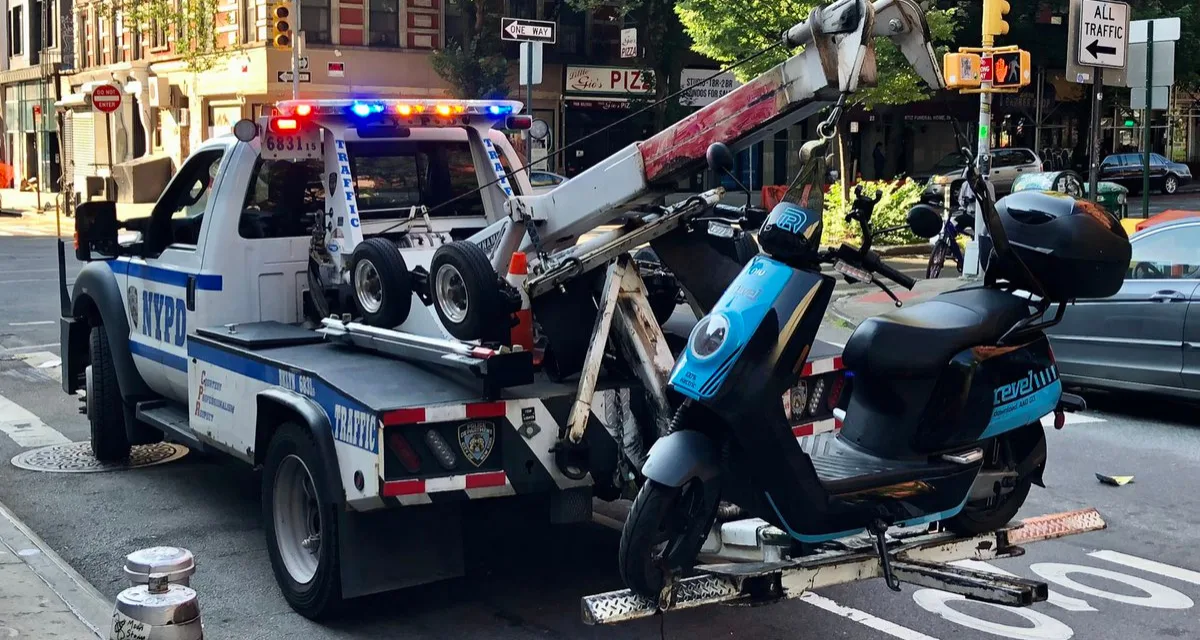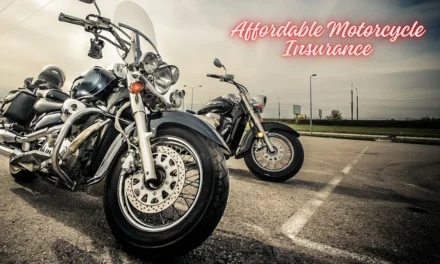Cruising down a coastal highway on a 50cc moped until you see flashing lights in your rearview mirror. Turns out, your “harmless” ride just earned you a ticket because this state considers your moped a motorcycle. I’ve navigated the wild patchwork of U.S. moped laws firsthand.
Let’s cut through the confusion and answer the question burning in every rider’s mind: Do you need a motorcycle license for a moped?
Spoiler: It’s not as simple as “50cc = no license.”
The Golden Rule
Most states classify mopeds based on three factors:
- Engine size (usually ≤50cc)
- Top speed (typically ≤30 mph)
- Transmission type (automatic only, no manual shifting)
If your ride checks these boxes, you might skip the motorcycle license. But exceptions abound. Let’s break it down region by region.
Northeast: Where Definitions Get Pedantic
Personal anecdote: I once argued with a Connecticut cop over whether my scooter was a “bicycle with a helper motor.” He won.
- New York: A “limited-use motorcycle” (their term for mopeds) needs a class M or MJ license. Standard driver’s license? Nope.
- Pennsylvania: 50cc and ≤30 mph? You’re golden—no motorcycle endorsement.
- Massachusetts: Their “motorized bicycle” category (≤50cc, ≤25 mph) lets you ride with a standard license. Go faster? Get a motorcycle permit.
- New Jersey: Strict! Even 50cc mopeds need registration, insurance, and a motorcycle license.
Verdict: The Northeast is a mixed bag. Research before riding.
South: Hold My Sweet Tea (and Helmet)
Story time: I learned the hard way that Florida has no moped laws—just “motor-driven cycles” with vague rules.
- Texas: ≤50cc and ≤30 mph? Standard license works. Bonus: No helmet law if you’re over 21.
- Florida: No official moped definition. Most 50cc scooters are treated like bicycles—no license or registration is needed.
- Georgia: Confusingly, “motor-driven cycles” ≤5 brake horsepower (≈50cc) require a motorcycle license.
- Louisiana: ≤50cc and pedals? Standard license. No pedals? Motorcycle endorsement.
Verdict: The South is lenient… unless you’re in Georgia.
Midwest: Cornfields and Confusing Codes
True story: Ohio once ticketed me for missing a rearview mirror on my moped. Apparently, it’s mandatory there.
- Illinois: ≤50cc and ≤30 mph? Regular license suffices.
- Michigan: Same rules, but you must wear a helmet.
- Ohio: A 50cc moped needs a motorcycle license if it lacks pedals. With pedals? You’re a “moped” (standard license okay).
- Wisconsin: Easygoing—no license or registration for ≤50cc, ≤30 mph rides.
Verdict: Midwest = common sense, except Ohio’s pedal obsession.
West: Where “Freedom” Meets Red Tape
Confession: California’s moped laws are so specific, I memorized them after a DMV ordeal.
- California: ≤50cc, ≤30 mph, and automatic transmission? Standard license works. Modify your engine? Instant motorcycle classification.
- Nevada: ≤50cc, ≤30 mph, no clutch = no motorcycle license.
- Colorado: Calls them “low-power scooters” (LPS). ≤50cc = standard license.
- Washington: No motorcycle license is needed for ≤50cc, but registration and insurance are mandatory.
Verdict: The West rewards rule-followers. Stray, and you’ll pay.
The 50cc Loophole (and Exceptions)
While most states cap engine size at 50cc for license-free riding, a few outliers exist:
- Alaska: No formal moped laws. Treats all scooters as motorcycles.
- Hawaii: Allows 50cc but caps horsepower at 2 BHP.
- Virginia: Vague laws. A “moped” is any bike with a motor—technically, even a 10cc engine needs a license.
Pro tip: Always check horsepower (BHP) limits. Some states, like Kentucky, restrict mopeds to ≤2 BHP regardless of cc.
Check: The Highest CC for Riding Without a Motorcycle License
Safety Gear Laws: Beyond Helmets
Your license isn’t the only hurdle. Helmet laws vary:
- Universal helmet states: Alabama, California, D.C., Georgia—everyone must wear one.
- Age-specific: Texas (under 21), Florida (under 16).
- No helmet laws: Iowa, New Hampshire (but don’t be a statistic).
Recent Changes & Trends
- Stricter definitions: States like Oregon now specify automatic transmission requirements.
- Rising cc limits? Not yet. Most states cling to 50cc for license-free riding.
- E-bike overlap: Some states (e.g., Missouri) lump e-bikes and mopeds together.
Key Takeaways
- 50cc ≠ free pass: Always verify speed limits, BHP, and transmission rules.
- Northeast & South: Most variable. Assume nothing.
- West & Midwest: Straightforward if you follow guidelines.
- When in doubt: Call the local DMV. I’ve averted countless fines this way.
Final Word
Riding a moped on a standard license is doable in 30+ states—if you follow their rules. But as I’ve learned through fines, debates, and one memorable court appearance, assumptions are expensive. Use this guide as a starting point, then double-check your state’s latest laws.
For state-specific updates, bookmark resources like the Moped Army Wiki or Sheehan Law’s 2023 Guide.






